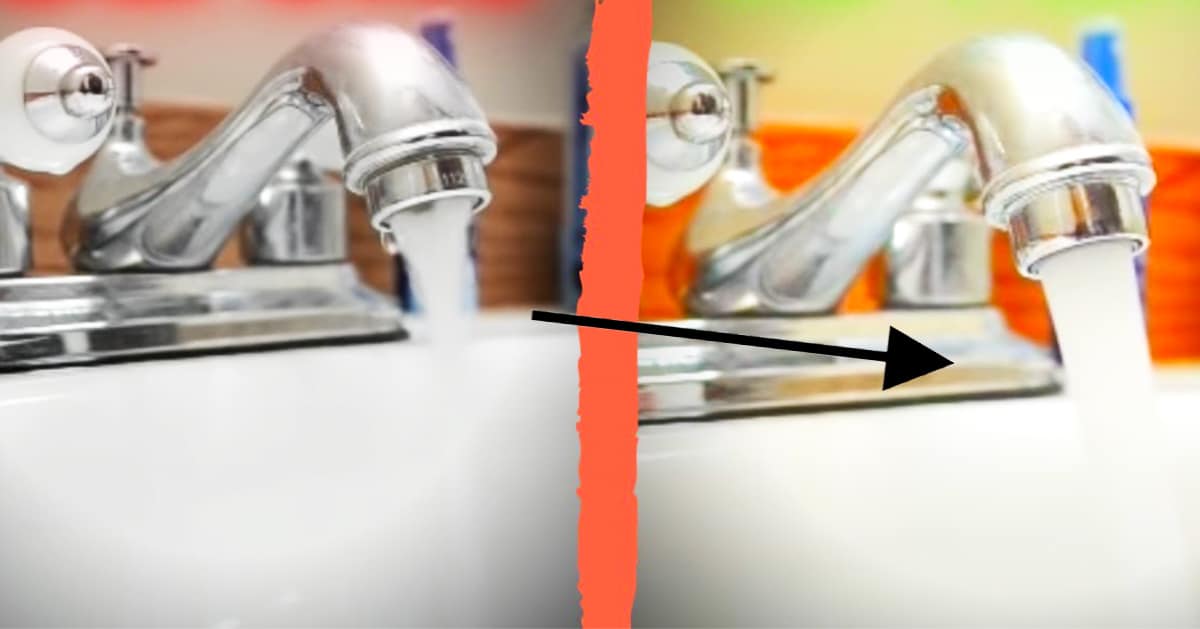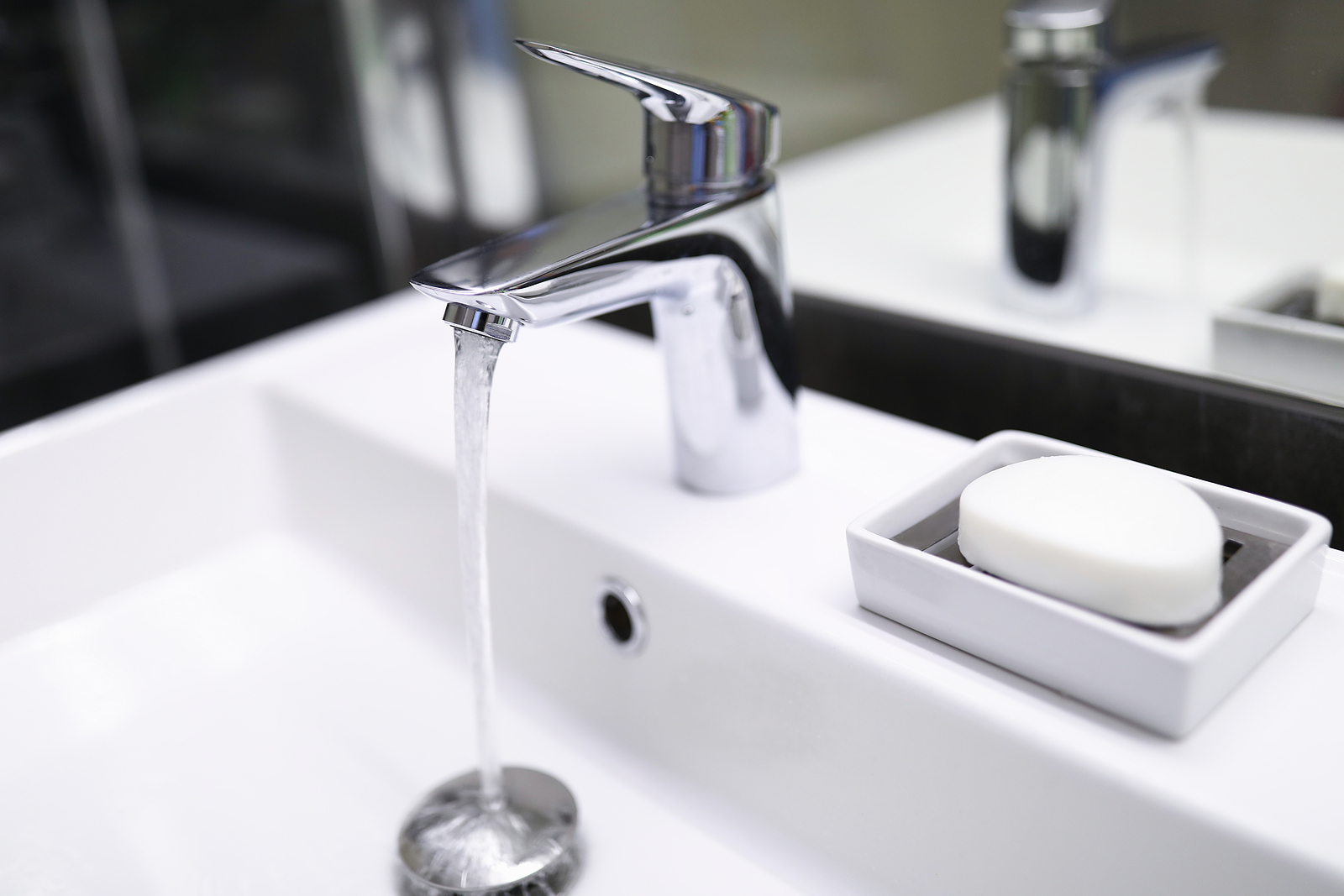Plumbing Fixtures: Low Water Pressure In Bathroom Sink

Low water pressure in bathroom sink – Bathroom sink faucets play a crucial role in determining the water pressure and flow rate in your bathroom sink. Different types of faucets have varying designs and mechanisms that can impact water pressure.
Let’s explore the types of bathroom sink faucets and their influence on water pressure:
Types of Bathroom Sink Faucets
- Single-handle faucets: These faucets have one handle that controls both the water temperature and flow rate. They are generally more efficient than two-handle faucets.
- Two-handle faucets: These faucets have separate handles for hot and cold water, allowing for precise temperature control. They are typically less efficient than single-handle faucets.
- Touchless faucets: These faucets use motion sensors to turn on and off the water flow. They are highly efficient and can help conserve water.
Flow Rate and Aerators
The flow rate of a bathroom sink faucet is measured in gallons per minute (GPM). Low-flow faucets have a GPM of 1.5 or less, while high-flow faucets can have a GPM of 2.2 or more.
Aerators are small devices installed at the end of the faucet spout. They mix air with water to create a more forceful stream, even at lower flow rates. This helps conserve water without sacrificing water pressure.
| Type | Flow Rate (GPM) | Aerator | Impact on Water Pressure |
|---|---|---|---|
| Low-Flow | 1.5 or less | Yes | Reduces water pressure but can be compensated by using an aerator |
| High-Flow | 2.2 or more | No | Provides higher water pressure but can be wasteful |
Water Supply

Insufficient water pressure in the bathroom sink can stem from various causes, including blockages in pipes or valves. Understanding the potential culprits and implementing effective solutions can restore optimal water flow.
Identifying and clearing clogs in bathroom sink drains is crucial. Begin by removing the drain stopper and inspecting the drain opening for any visible obstructions. If you spot hair, soap scum, or other debris, use a drain snake or a pair of pliers to carefully extract them.
Maintaining Proper Water Pressure, Low water pressure in bathroom sink
Maintaining proper water pressure in the bathroom sink is essential for its efficient functioning. Here are some tips to ensure adequate water flow:
- Regularly clean the aerator, located at the tip of the faucet, to remove mineral deposits that can restrict water flow.
- Check the water supply lines for any kinks or bends that may impede water flow. Straighten or replace damaged lines as needed.
- If the water pressure is consistently low, consider contacting a licensed plumber to inspect the main water supply line or the pressure regulator.
Household Water System

The household water system plays a crucial role in regulating water pressure to the bathroom sink. Let’s explore how its components influence water flow.
Water Pressure Regulators
Water pressure regulators are installed in the main water supply line to reduce excessive pressure, which can damage pipes and fixtures. They have an adjustable diaphragm that adjusts the water flow, allowing you to set the desired pressure for your household.
When the water pressure regulator is set too low, it can result in low water pressure in the bathroom sink. To resolve this, adjust the regulator by turning the adjustment screw clockwise to increase pressure.
Main Water Supply Valve
The main water supply valve controls the flow of water into the entire household. If this valve is partially closed, it can restrict water flow and cause low pressure in the bathroom sink.
To ensure adequate water pressure, check if the main water supply valve is fully open. If it’s not, turn the valve handle clockwise until it’s fully open.
Troubleshooting and Resolving Low Water Pressure Issues
To troubleshoot low water pressure issues related to the household water system, follow these steps:
- Check the water pressure regulator and adjust it if necessary.
- Ensure the main water supply valve is fully open.
- Inspect the pipes for leaks or clogs that may restrict water flow.
- If the issue persists, contact a qualified plumber for further diagnosis and repairs.